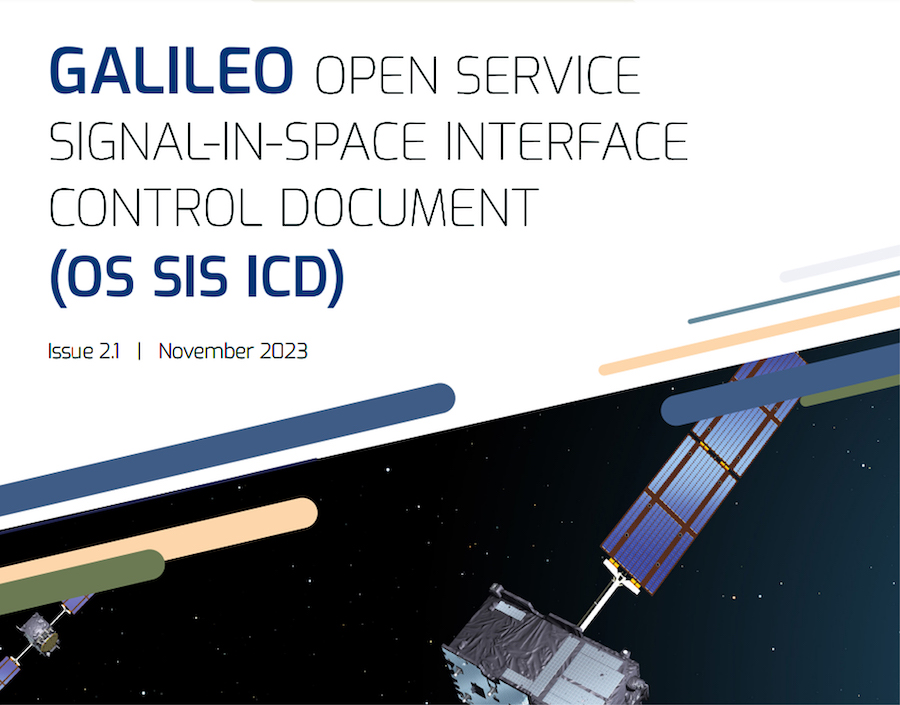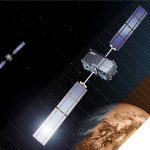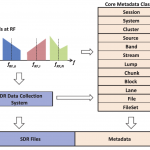The European Union Agency for the Space Program (EUSPA), together with the European Commission, has published a new version of the Galileo Open Service Signal In Space Interface Control Document (OS SIS ICD).
This latest version, denoted v2.1, introduces new elements supporting the improvement and enlargement of the Galileo service portfolio. OS SIS ICD v2.1 is available together with a corresponding new version of the OS Service Definition Document (OS SDD). New elements in v2.1 include:
- definition of OS Extended Operation Mode (EOM), and criteria for identifying when it is activated;
- description of a new ARAIM Integrity Support Message (ISM), and a new annex detailing a numerical example for the computation of its 32-bit checksum;
- a new annex detailing the Galileo PRN Codes Assignment process. In particular, codes belonging to the families E1 B, E1 C, E6 B, E6 C, E5a I, E5a Q, E5b I, E5b Q are now available (application required).
The annex dealing with authorization of Galileo trademarks, now obsolete, has been removed.
The Galileo OS SIS ICD provides the information required by receiver and chipset manufacturers, application developers and service providers to process the Open Service signals generated by Galileo satellites. It specifies:
- Galileo signal characteristics;
- characteristics of Galileo spreading codes;
- Galileo message structure;
- message data contents;
- OS Signal in Space flags.
OS SIS ICD v2.1 is especially relevant for receiver technology developers. The availability of adapted receivers is a key requirement for translating the full range of Galileo signals into useful services. EUSPA has long been engaged in regular dialogue with advanced chipset and receiver manufacturers, working to see Galileo fully integrated into the latest generation of receivers.
The previous OS SIS ICD, version 2.0, was published by European Commission in January 2021. In the modification of the ICD, the principle of backward compatibility for Galileo receivers has, as always, been applied.






